Siwan Tourism
Search related to Bihar Tourism

Siwan is a city located in the state of Bihar, India. The city is situated in the western part of the state, close to the border with Uttar Pradesh.
History
The history of Siwan can be traced back to ancient times. It was part of the Magadha empire, which was ruled by the Mauryan dynasty. After the decline of the Mauryan dynasty, the region came under the rule of the Gupta dynasty.
During the medieval period, Siwan was part of the Mughal Empire. In the 18th century, the region came under the control of the British East India Company. After India gained independence in 1947, Siwan became part of the newly-formed state of Bihar.
Geography
Siwan is located in the western part of Bihar, near the border with Uttar Pradesh. The city is situated on the banks of the Ghaghara River, which is a tributary of the Ganges River. Siwan has a total area of around 2,219 square kilometers.
The region around Siwan is mostly flat, with some low hills in the south. The climate of Siwan is tropical, with hot summers and cool winters. The monsoon season lasts from June to September, and the region receives an average of around 1,000 millimeters of rainfall per year.
Demographics
Siwan has a population of around 3,318,176 people, according to the 2011 census. The city has a literacy rate of around 62%, which is slightly below the national average. The majority of the population is Hindu, although there is also a significant Muslim minority.
Economy
The economy of Siwan is primarily based on agriculture. The region is known for its production of rice, wheat, and sugarcane. There are also some small-scale industries in Siwan, including textile manufacturing and food processing.
In recent years, there has been some growth in the service sector in Siwan. This has been driven in part by the development of the city as a transportation hub, with a number of major highways and railway lines passing through the area.
Culture
Siwan has a rich cultural heritage, with a number of festivals and traditions that are unique to the region. One of the most important festivals in Siwan is Chhath Puja, which is celebrated in honor of the sun god. During this festival, people fast and offer prayers to the sun.
Another important festival in Siwan is Saraswati Puja, which is celebrated in honor of the goddess of knowledge and learning. The city also has a rich tradition of folk music and dance, including the Bhojpuri dance style.
Tourism
Siwan is not a major tourist destination, but there are a number of attractions in the region that are worth visiting. One of the most popular attractions is the Siwan Fort, which was built in the 16th century and is a fine example of Mughal architecture.
Another popular destination is the Maharaja Harendra Kishore Wildlife Sanctuary, which is home to a variety of animals including tigers, leopards, and elephants. There are also several temples and historical sites in the area, including the Panch Dev Mandir and the Kameshwar Nath Temple.
- State :
- Bihar
How to Reach Siwan
Complete List of Tehsils in Siwan District, Bihar
| S.No | Tehsil / Taluk Name | District Name | State Name |
|---|---|---|---|
| 1 | Andar | Siwan | Bihar |
| 2 | Bhagwanpur Hat | Siwan | Bihar |
| 3 | Daraundha | Siwan | Bihar |
| 4 | Guthani | Siwan | Bihar |
| 5 | Hasanpura | Siwan | Bihar |
| 6 | Lakri Nabiganj | Siwan | Bihar |
| 7 | Maharajganj | Siwan | Bihar |
| 8 | Mairwa | Siwan | Bihar |
| 9 | Pachrukhi | Siwan | Bihar |
| 10 | Siswan | Siwan | Bihar |
| 11 | Siwan | Siwan | Bihar |
| 12 | Siwn | Siwan | Bihar |
| 13 | Ziradei | Siwan | Bihar |
Discover Exciting Places to Visit in Agra, Uttar Pradesh - Your Ultimate Travel Guide
Are you ready to explore the wonders of Agra, Uttar Pradesh? From the majestic Taj Mahal to hidden gems waiting to be discovered, our travel guide unveils the most captivating
Explore Exciting Places to Visit in Mumbai, Maharashtra - Your Ultimate Travel Guide
Ready for an adventure? Mumbai, in the beautiful state of Maharashtra, is packed with amazing places waiting to be explored! From iconic landmarks to hidden gems, Mumbai has something for
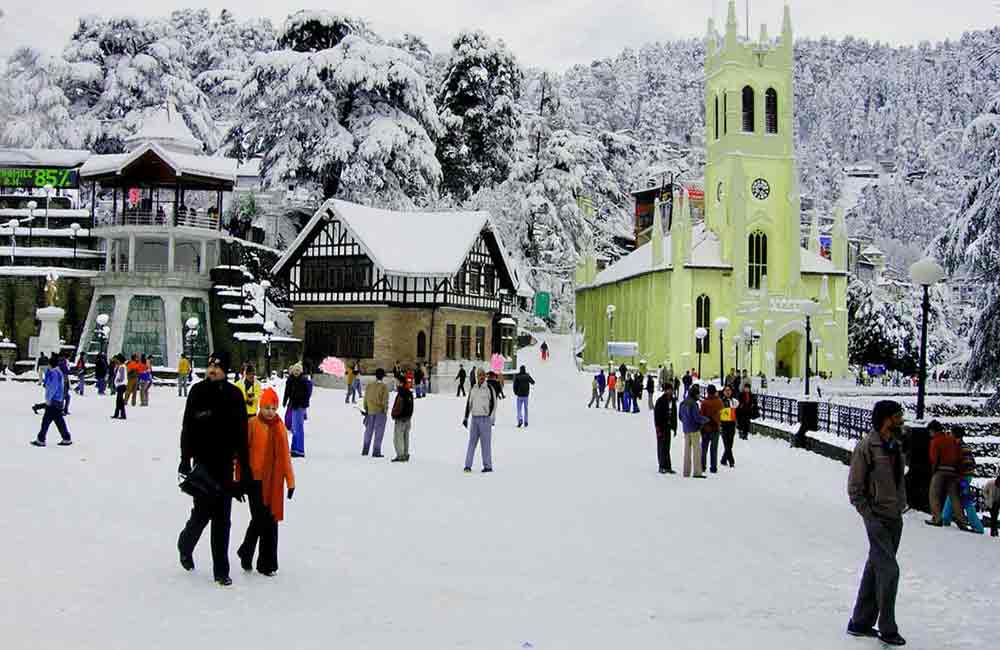
Explore the Wonderful Places to Visit in Manali, Himachal Pradesh - Your Ultimate Guide!
Ready for an exciting adventure? Discover the places to visit in Manali, Himachal Pradesh! From snowy mountains to lush valleys, there's something for everyone. Plan your trip now and explore
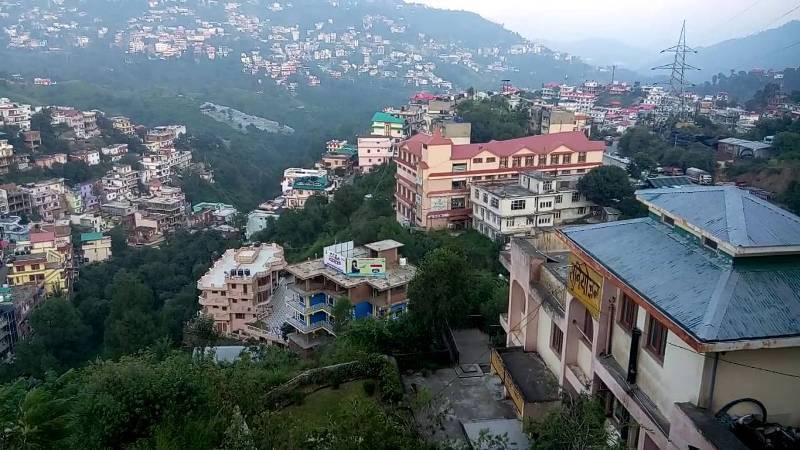
Places to Visit in Solan Himachal Pradesh - Explore the Best Tourist Spots
Discover the enchanting beauty of Solan Himachal Pradesh by exploring its myriad tourist spots. Whether you're seeking adventure or tranquility, Solan has something for everyone. From lush green valleys to
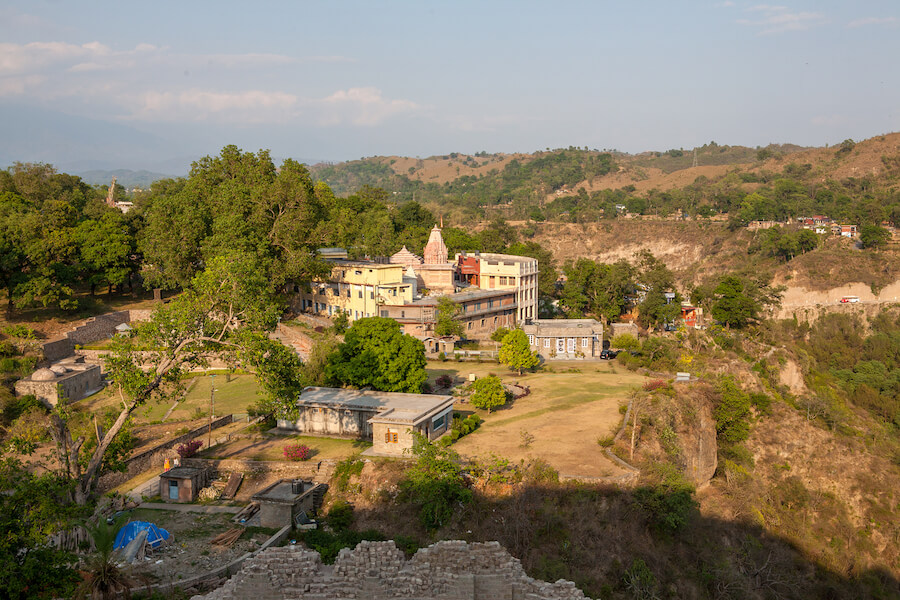
Discover the Best Places to Visit in Kangra, Himachal Pradesh: A Traveler's Guide
Ready for an exciting journey? Kangra, Himachal Pradesh welcomes you with open arms! Explore ancient temples, lush landscapes, and more in this enchanting valley. Let's uncover the best places to
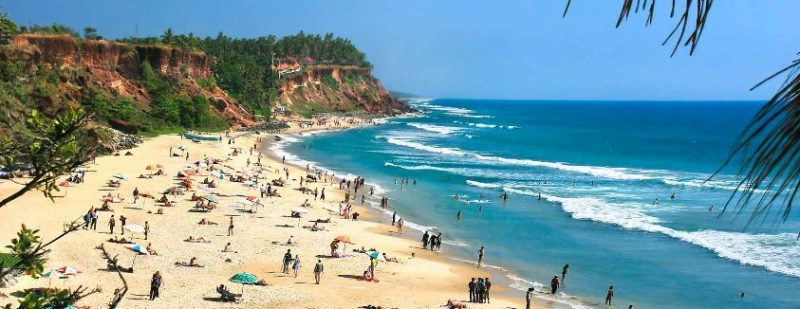
Explore Incredible Places to Visit in Varkala, Kerala: A Guide
Are you ready for an adventure? Varkala in Kerala is waiting for you! Discover the magic of this beautiful place with our guide to the best places to visit. From
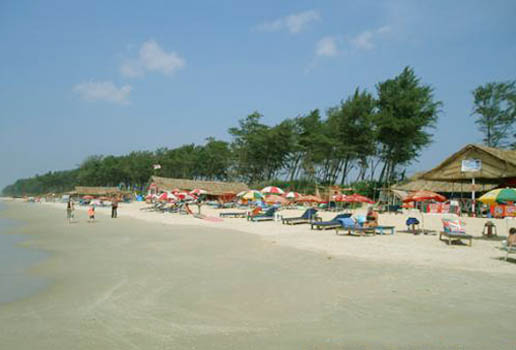
Explore Panaji, Goa: Discover the Best Places to Visit in the City
Ready for an adventure? Panaji, located in Goa, is packed with exciting places to visit. From ancient forts to picturesque beaches, there's never a dull moment in this lively city.
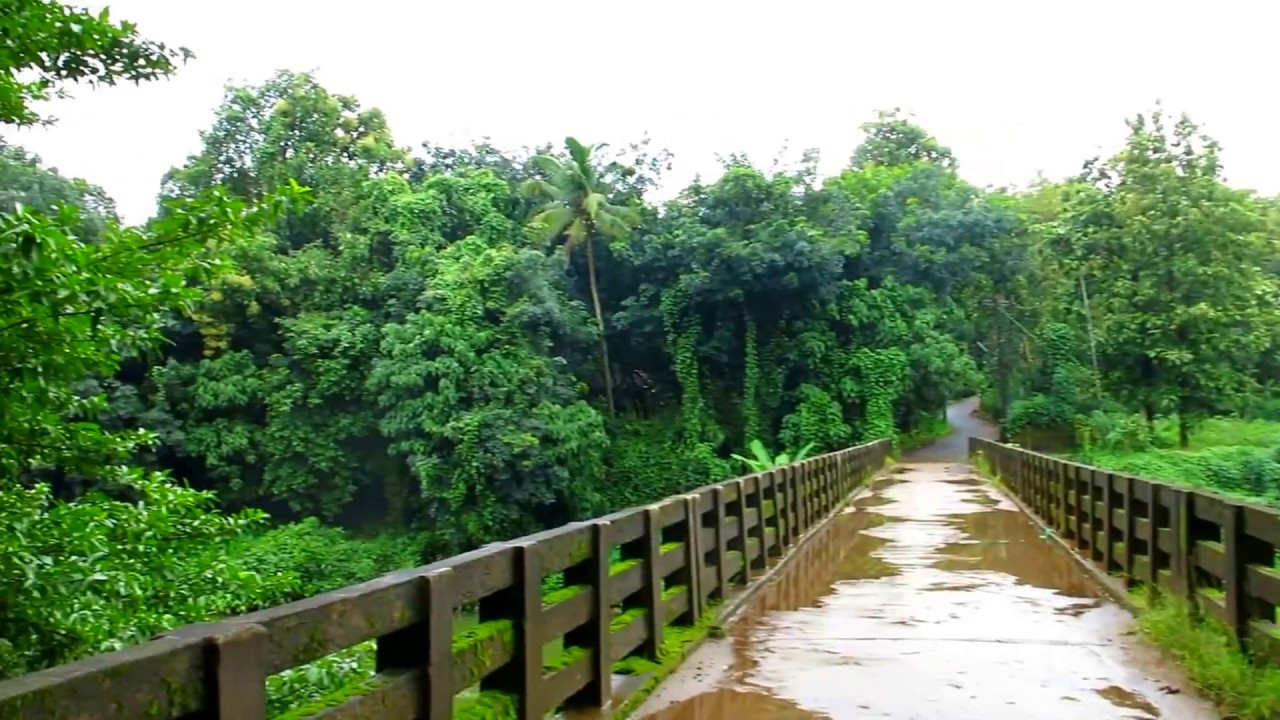
Explore the Best Places to Visit in Thrissur, Kerala – A Perfect Guide for Your Next Adventure!
Are you ready to explore Thrissur, Kerala? Get ready for an exciting journey through this vibrant city! Discover its rich history, stunning landmarks, and fascinating culture. With our guide to
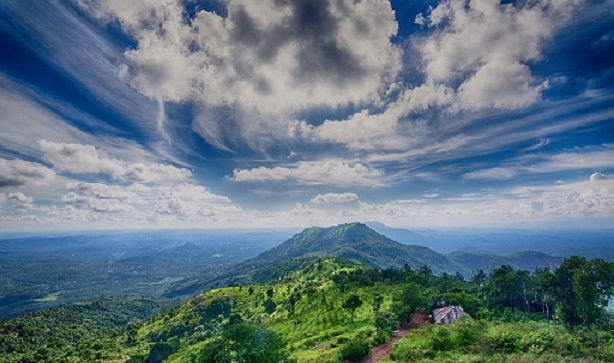
Explore the Best Places to Visit in Malappuram, Kerala - A Traveler's Guide
Dive into the beauty of Malappuram, Kerala with our ultimate travel guide! From picturesque beaches to fascinating historical sites, explore the best places to visit in Malappuram Kerala. Whether you're
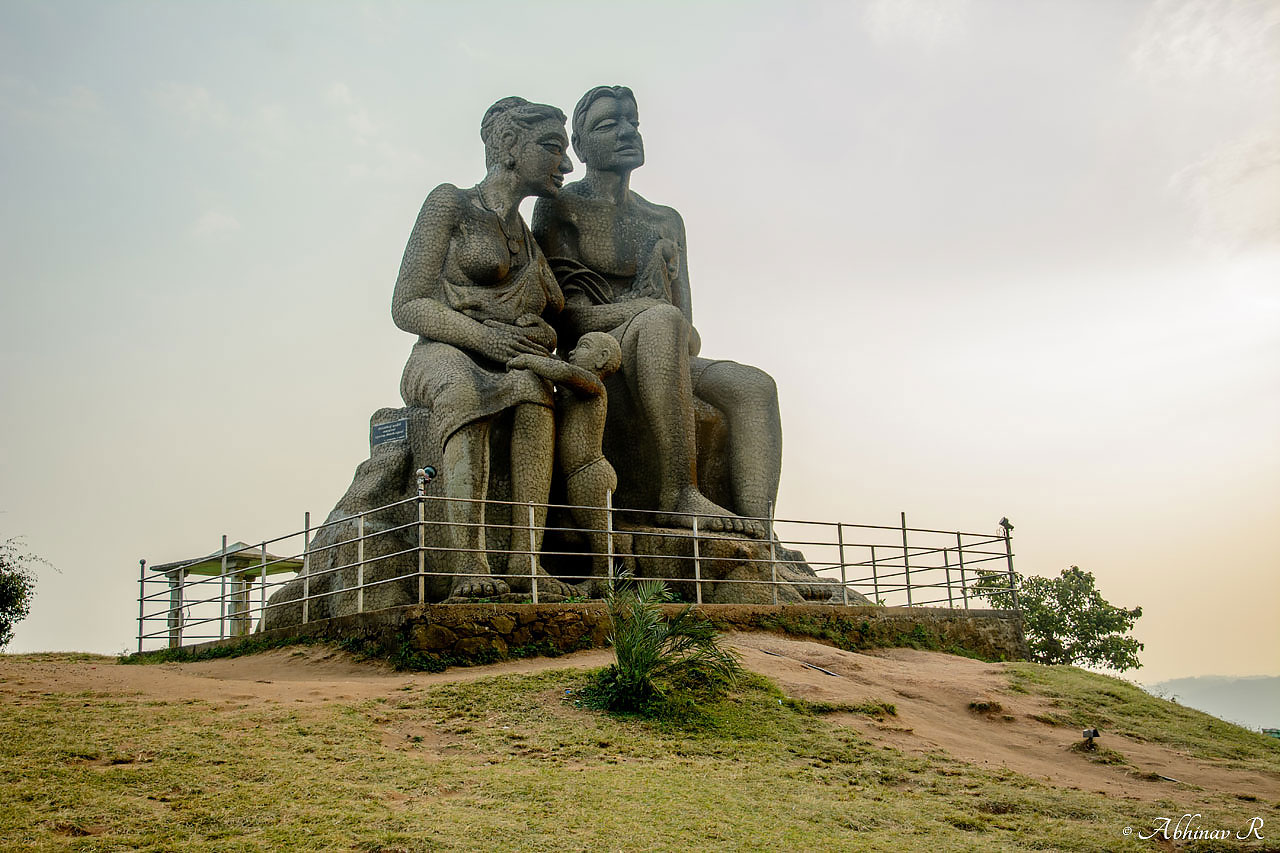
Explore the Best Places to Visit in Idukki, Kerala - A Traveler's Guide
Discover the mesmerizing beauty of Idukki, Kerala with our guide to the best places to visit. From breathtaking landscapes to serene lakes, explore the charm of this enchanting destination. Whether


